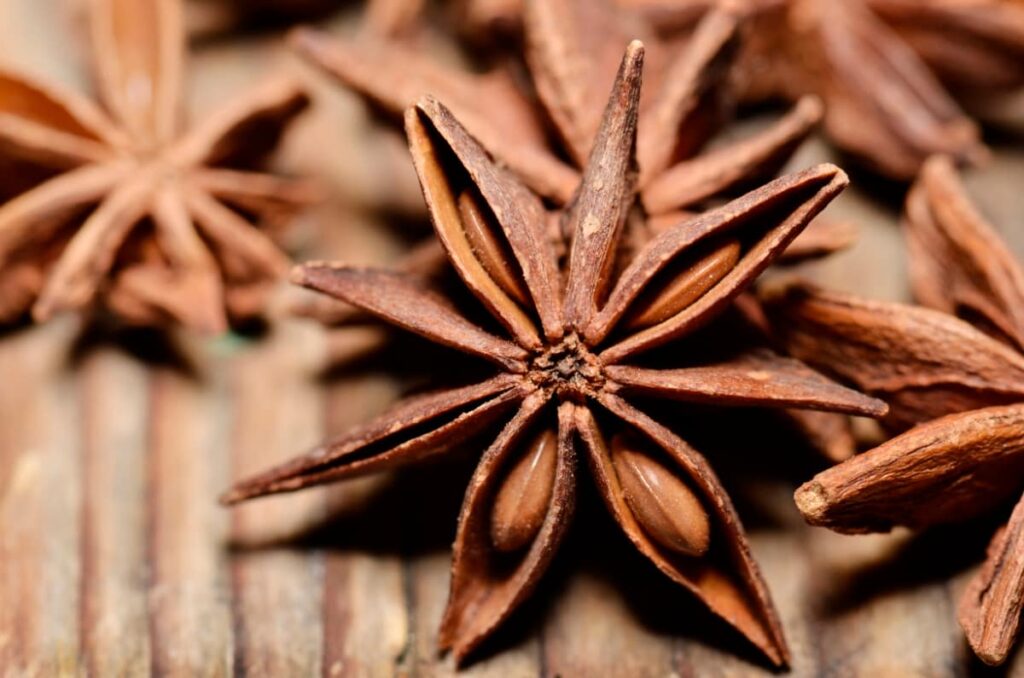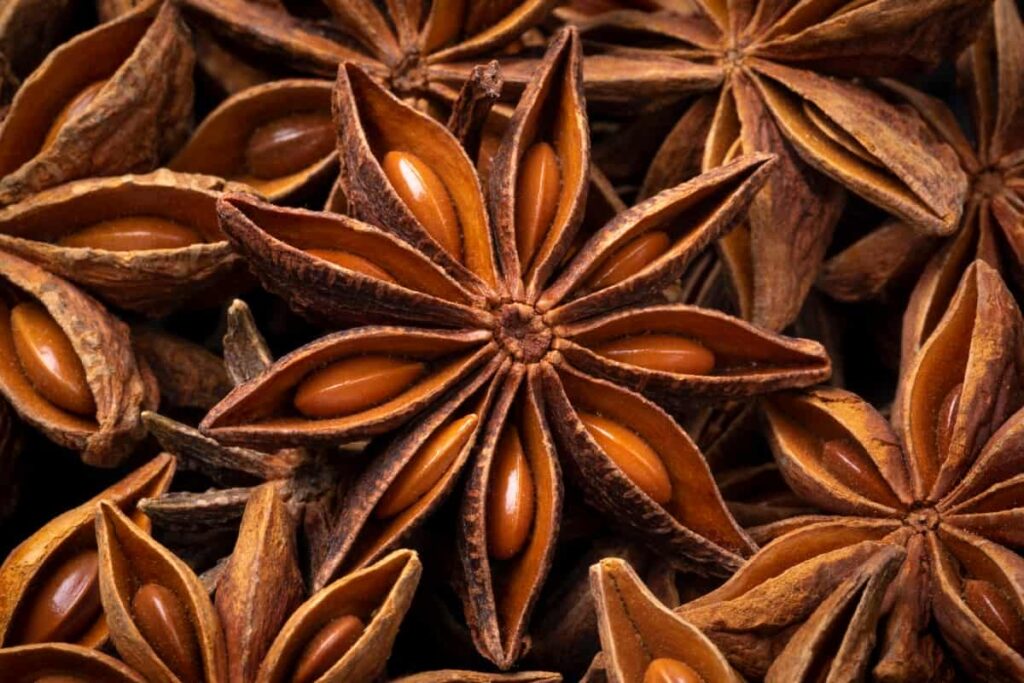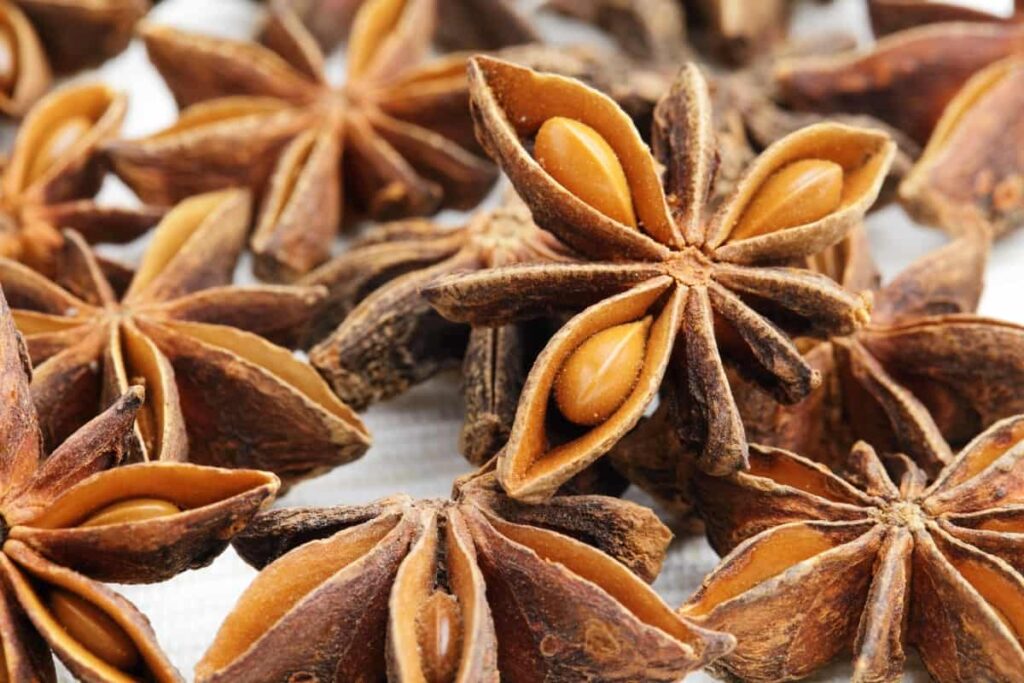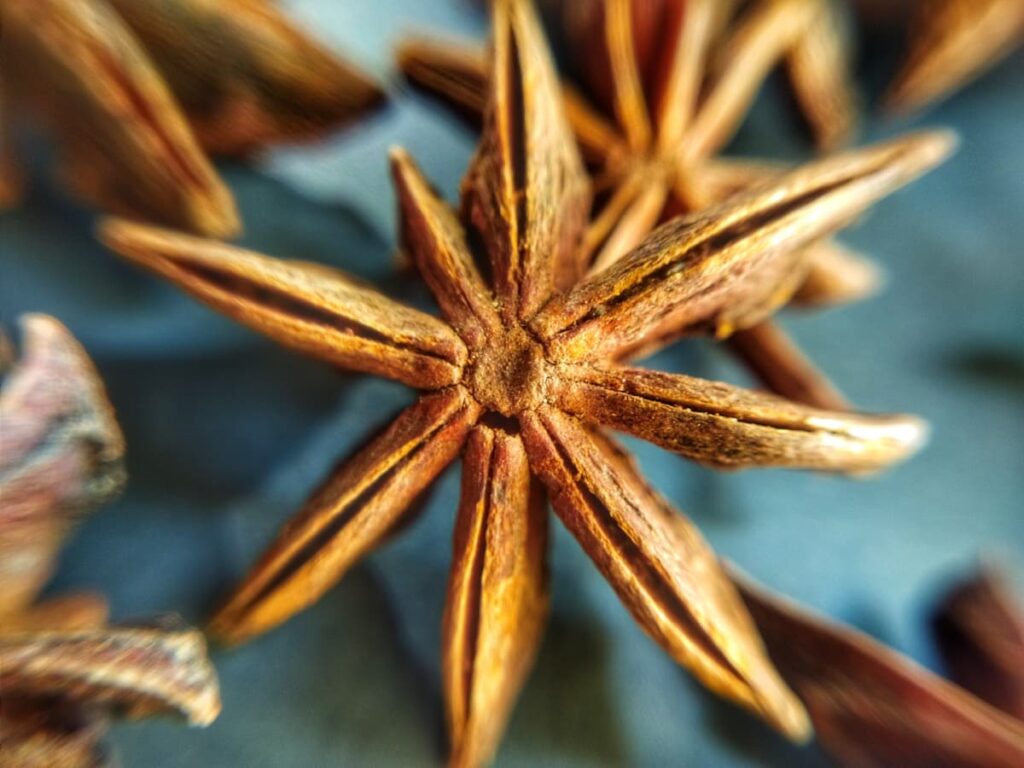Anise (Pimpinella anisum) is a popular herb known for its licorice-like flavor and aromatic properties. Growing anise in pots is a convenient way to cultivate this herb in small spaces or areas with limited garden space. In this guide, we will explore the step-by-step process of growing anise in pots, from selecting the right pot and choosing seeds or seedlings to harvesting your fresh anise.

| Botanical Name | Pimpinella anisum |
| Type | Warm-season annual herb |
| Growing Zones | Best in Zones 4 to 11 |
| Flowers | Small white to yellowish-white in clusters atop feathery stems |
| Size | 18-24 inches tall and wide |
| Bloom Time | Early to midsummer |
Anise Planting and Care Guide
Best Location and Soil Preparation: Plant anise in full sun and sheltered locations to protect from wind. Opt for well-drained soil rich in organic matter with a pH of 6.0 to 6.7. Anise tolerates poor soil but not very wet conditions.
When to Plant: Start seeds indoors eight weeks before transplanting. Transplant outdoors after the last frost. Sow directly garden two weeks before the average last frost date.
How to Plant: Sow seeds ¼ inch deep and space plants 6 to 18 inches apart. Thin seedlings to 18 inches apart after six weeks. Grow six plants for leaves and 12 for seeds.
Companion Planting: Anise encourages cilantro germination and repels aphids and fleas. Avoid planting with carrots and radishes, and consider companion planting with creeping thyme.
Watering and Feeding: Water when the soil begins to dry out, avoiding overwatering. Midseason, side dress with aged compost or organic fertilizer.
Care and Maintenance: Stake leggy plants, especially in windy areas. Keep planting beds weed-free to prevent competition for moisture and nutrients.
Container Growing and Winter Care: Anise thrives in containers at least 8 inches deep and wide. It can be grown indoors during winter in bright locations or under fluorescent lights.
Harvesting and Storage: Harvest leaves for fresh use as needed; dry seeds after 100 frost-free days. Store leaves and seeds in airtight containers.
Propagation: Propagate anise from seed, saving seeds for the following spring.
Selecting the Right Pot
Selecting the ideal container is essential to the growth of anise plants grown in pots. Choose a pot with a diameter of 12 to 14 inches and a minimum depth of 12 inches. Because anise requires well-draining soil, make sure the pot has the right drainage holes to avoid waterlogging.
In case you missed it: Guide to Solving Potted Lemon Tree Problems: How to Revive Lemon Tree in Containers

Choosing Anise Seeds or Seedlings
You have two options when it comes to starting your anise plants: using seeds or purchasing seedlings. Anise seeds can be easily obtained from reputable seed suppliers. As an alternative, local nurseries may sell fresh anise seedlings. While each method has benefits, cultivating anise from seeds lets you witness the plant through its whole life cycle.
Preparing the Potting Mix
Anise thrives in a rich, well-draining, loamy soil. To improve drainage, prepare a potting mix by combining equal parts of organic compost, garden soil, and perlite or sand. This mixture will provide nutrients and moisture retention for your anise plants.
Sowing Anise Seeds
If you decide to start with seeds, plant them straight into the potting mix. Create tiny, 1/4-inch-deep holes in the ground, then plant one or two seeds in each. Spread soil over the seeds and gently press it down. Lightly water the pot to ensure the soil is moistened uniformly.
Best Pots for Growing Anise
Clay Pots
- Description: Porous and breathable, enhancing airflow and drainage.
- Advantages: Prevents overwatering and root rot.
- Considerations: Requires consistent watering due to evaporation.
Terracotta Pots
- Description: Made from porous clay, similar to clay pots.
- Advantages: Allows roots to breathe and drains well.
- Considerations: It may dry out quickly, necessitating frequent watering.
Plastic Pots
- Description: Lightweight and economical.
- Advantages: Retains moisture longer than clay or terracotta.
- Considerations: Less ventilation for roots compared to clay or terracotta pots.
Growing Bags (Fabric Pots)
- Description: Constructed from breathable fabric.
- Advantages: Promotes healthy root development with optimal drainage and airflow.
- Considerations: Lightweight and portable.
Positioning for Optimal Sunlight
Because anise needs full sun to grow, make sure your pots are in a spot that gets 8 hours of sunlight every day. If cultivating anise indoors, position the pots close to a window receives plenty of sunlight or add more grow lights to provide sufficient light exposure.
In case you missed it: Ultimate Guide to Growing Red Creeping Thyme: Propagation, Planting, Pruning, and Care

Watering and Humidity Requirements
Anise plants prefer consistent moisture, while overwatering can result in root rot. Water the plants when the top soil appears dry. Do not douse the leaves with water to prevent fungus-related illnesses. Furthermore, anise prefers somewhat greater humidity levels, so spraying the plants once in a while can aid in establishing a conducive growing environment.
Fertilizing Anise Plants
Throughout the growing season, fertilize your anise plants every 4-6 weeks to encourage healthy development and enhance flavor. Apply a slow-releasing granular fertilizer or a balanced organic fertilizer. Regarding the timing and application rates, adhere to the manufacturer’s instructions.
Pruning and Managing Growth
Since anise plants can reach a height of two feet, constant trimming is required to keep them in form and promote bushier growth. To encourage branching, pull back the tips of the stems and remove any dead or yellowing leaves. The result will be a more compact and fruitful plant.
Pest and Disease Management
Anise plants are generally resistant to most pests and diseases, but occasional issues may arise. Watch for aphids, spider mites, and caterpillars, and promptly remove any affected leaves or use organic pest control methods if necessary. Proper sanitation, adequate air circulation, and avoiding excessive moisture can help prevent fungal diseases.
Harvesting Anise
After seeding, anise plants are usually ready to be harvested 90–120 days later. Harvest the seeds and leaves at different times. While the seeds are often taken after the seed heads dry out and turn brown, the leaves can be harvested at any point during the growth season. After cutting the seed heads, hang them upside down in a place with good ventilation so they can dry fully. Once they have dried, gently break the seed heads to release the seeds.
In case you missed it: Ultimate Guide to Planting Garlic in Grow Bags: Growing Strategies for Beginners

By selecting the right pot, choosing the appropriate seeds or seedlings, preparing the potting mix, providing optimal sunlight and water, managing growth, and addressing pests and diseases, enjoy a successful anise harvest right from your garden. Happy growing!
- Irrigation and Water Management in Pineapple Farming
- Blossom to Harvest: Mastering Flowering and Pollination in Papaya Farming
- Pig Fattening Essentials: From Selection to Sale for Beginners
- Raising Wagyu Cattle: A Complete Guide for Premium Beef Production
- Soil Types and Their Water Holding Capacity
- Optimizing Irrigation Schedules for Coconut Groves for Enhanced Yield
- Espresso Your Garden: Coffee Grounds for Healthier Acid-Loving Plants
- The Best Soil Mix for Snake Plants: How to Mix Your Own Snake Plant Soil
- Green Thumb Success: Expert Tips for Cultivating Greenhouse Beans All Year Round
